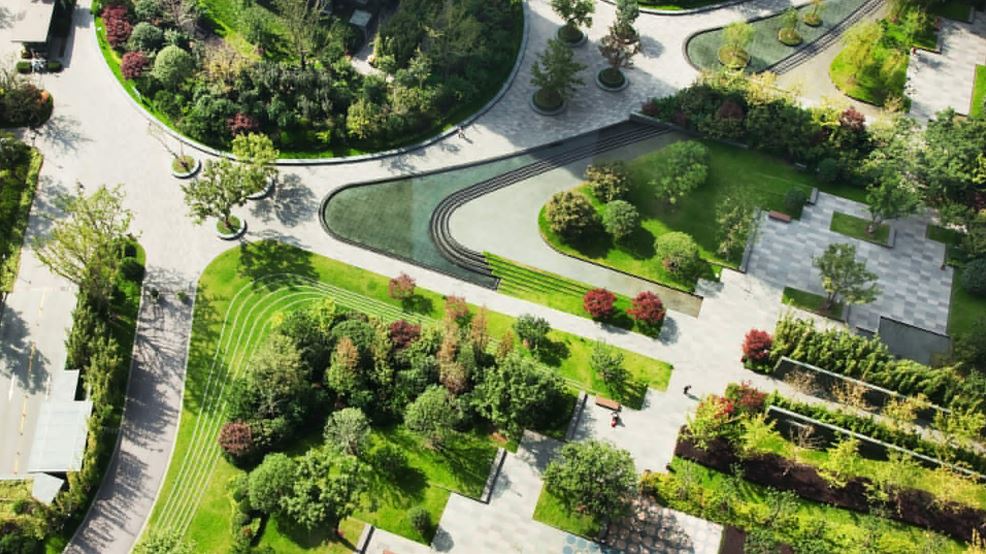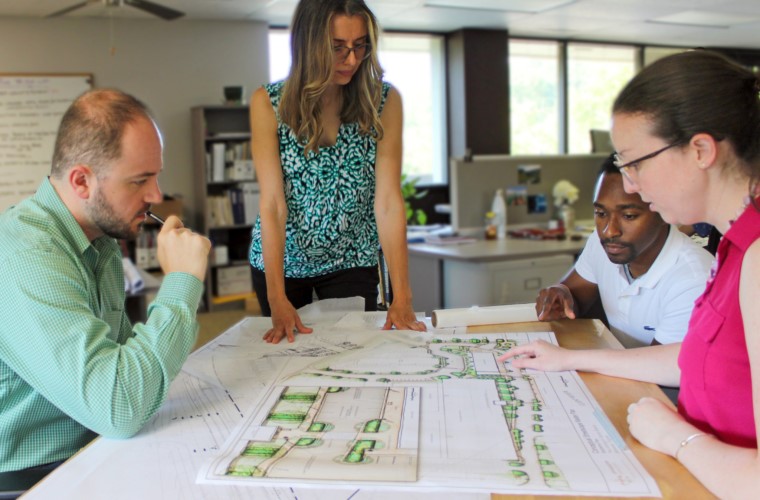Pools, patios, gardens, and other outside projects can be designed by both landscape architects and designers. But there are certain crucial distinctions between a landscape architect and designer that potential landscape professionals should take into account.
Knowing these distinctions will enable you to choose the career path that best suits your landscaping-related objectives if you want to enter the sector. In this article, we define a landscape architect and a landscape designer, as well as highlight some of the most significant variations in each profession’s training, education, talents, and working conditions.
Difference between landscape designer and landscape architect
Who is the landscape designer
The amount of work that each landscape architect and designer is in charge of is their primary distinction from one another. Landscape designers typically focus on smaller-scale residential projects with less grading and drainage needs.
Like interior designers, landscape designers strive to beautify a space by incorporating particular design features. In the same way as interior designers complement an architect’s “structural” work, so do landscape designers!
Who is landscape architect
The planning and creation of outdoor environments is the responsibility of a landscape architect. They have the training to design public parks, public gardens, resorts, universities, cemeteries, malls, and more, but they can also be in charge of residential projects like backyard design! Professional obligations require landscape architects to design secure public areas.
You need a university-issued bachelor’s or master’s degree in landscape architecture as well as a state-issued license in order to call yourself a landscape architect lawfully.
Landscape designers and architects have different responsibilities
Duties of a landscape designer
- Set up meetings with the clients to discuss the project in detail.
- Need to use craft supplies to create 3D models.
- Make sure the drawings are accurate.
- With his clients, discuss the plants and preferences in accordance with the available funds.
- With his clients, go over the overall design and aesthetics of the landscape.
- Look for problems with irrigation of the land and water use.
Duties of landscape architects
- They must do a site investigation and take into account every challenge and environmental constraint.
- They ought to understand how to use CADD technology to create plans.
- They might spend some time working on the project.
- They must conduct research on the permits needed for construction.
Although the jobs of landscape architects and designers are similar, there are some significant variations between the two professional paths to take into account. These consist of:
Skills
Although architects and landscape designers share many talents, they may apply them differently depending on their job. Many of these abilities include:
Botany skills
Both architects and designers are proficient in botany, however architectural designers may be more knowledgeable about how specific plant species interact with the soil and change specific terrains. However, a landscape designer may possess specialist knowledge of the aesthetic effects of particular plants and be able to recommend various species to suit the needs of clients.
Drafting skills
Both designers and landscape architects have drafting abilities, although architects’ abilities are typically more sophisticated. A designer may create their designs using simple software or pen and paper depending on the needs of their clients and projects, whereas landscape architects may employ sophisticated blueprints and 3D models.
Hazard identification skills
The capacity to recognize plant, terrain, or design dangers is often possessed by both architects and designers. A designer might notice, for instance, that certain plants dry out more quickly in the summer and pose a fire risk, whereas an architect would notice that particular designs are more vulnerable to flooding in wetland areas.
Architectural design skills
With their extensive design abilities, landscape architects may frequently create more intricate structures with requirements that complement, eliminate, or add to the natural terrain. The ability to work with basic topography, apply design principles, and construct simple outside residential structures like gardens is a skill that most landscape designers have.
The following are some typical duties shared by architects and landscape designers:
Meetings with clients are required for both landscape architects and landscape designers to discuss the designs, specifications, and challenges involved in turning the client’s vision into reality. To create the design and see the finished product the client wants, they both must use industry software.
Conclusion
The following are some key distinctions between landscape architecture and landscape design:
- While landscape designers don’t need any certificates, landscape architects must have a degree.
- While a landscape designer focuses on home and smaller projects, a landscape architect works on larger, more public projects.
- While landscape designers work on more transactional projects, landscape architects handle more sophisticated projects.
- Compared to a landscape designer, landscape architects are seen as authoritative professionals in their field.









